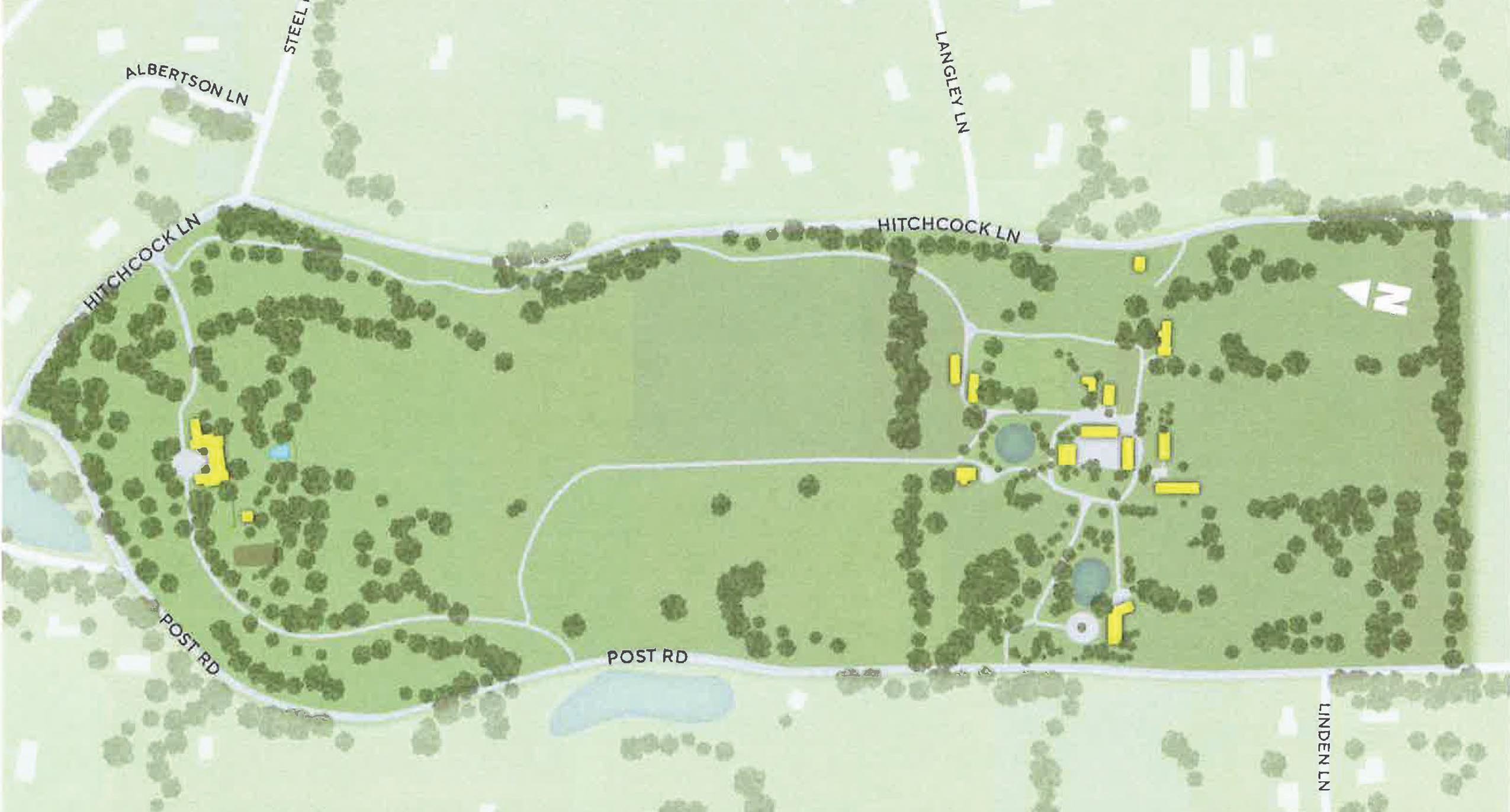THE GARDEN STORY on the Howard Phipps, Jr. Estate
Howard Phipps Sr, was an avid horticulturist, plant collector and hybridizer. Mr. Phipps bred peonies, magnolias, and finally settled on rhododendrons. He had 1,000 bare root rhododendron plants shipped to New York from the Rothchild estate in England every year. He was close with Charles Dexter, the great hybridist from Cape Cod and some of his hybrids are still available in the commercial nursery industry.
Under the guidance of Mary Stone Phipps, the estate was turned into a world class arboretum and botanic garden. The rhododendron breeding work has been continuous since 1982 and there are over 10,000 rhododendrons here grown from seed.
The gardens have won many awards for our rhododendrons, including Best in Show at the 2010 Annual Convention of the American Rhododendron Society. Each year, trips are taken to Seattle, Vancouver, Cape Cod, Asheville, NC, Bremen, Germany, and to many other hybridizer’s gardens and nurseries to collect pollen and bring it back here and use it to create new and amazing plants. Mr. and Mrs. Phipps received the Bronze Medal from the American Rhododendron Society for their dedication and support of the rhododendron world. The Howard Phipps Jr. Estate is considered the finest rhododendron garden in the Northeast United States.

We have acquired collections of Magnolias, Witch Hazels, Japanese Flowering Almonds, Japanese Cherries, Lindens, Oaks, Camellias, Peonies, Tree Peonies, and many different genera of a diverse selection of perennials and woody shrubs.
For the last 15 years, the gardens have made their own compost and compost tea and have not used any pesticides, herbicides or fungicides. After Hurricane Sandy, 300 trees were lost and there was extensive damage. Mr. Phipps decided to replant and many tractor trailer loads of replacement trees and shrubs were brought in, concentrating on the types of trees that had survived the storm.
Hitch Lyman, one of the best horticulturists in the New York metropolitan area, has been working with the garden for a long time, scouring nurseries for new and exciting plants and helping in the design and creation of many new garden areas that arose because of Hurricane Sandy. For many years, the gardens have been open to the public for the Garden Conservancy tours with a photograph of the garden on the main page of their website. Many garden clubs from all over the US, horticultural societies, and interns from surrounding Botanic Gardens have come to visit. There are greenhouses, nurseries, cut flower and vegetable gardens.